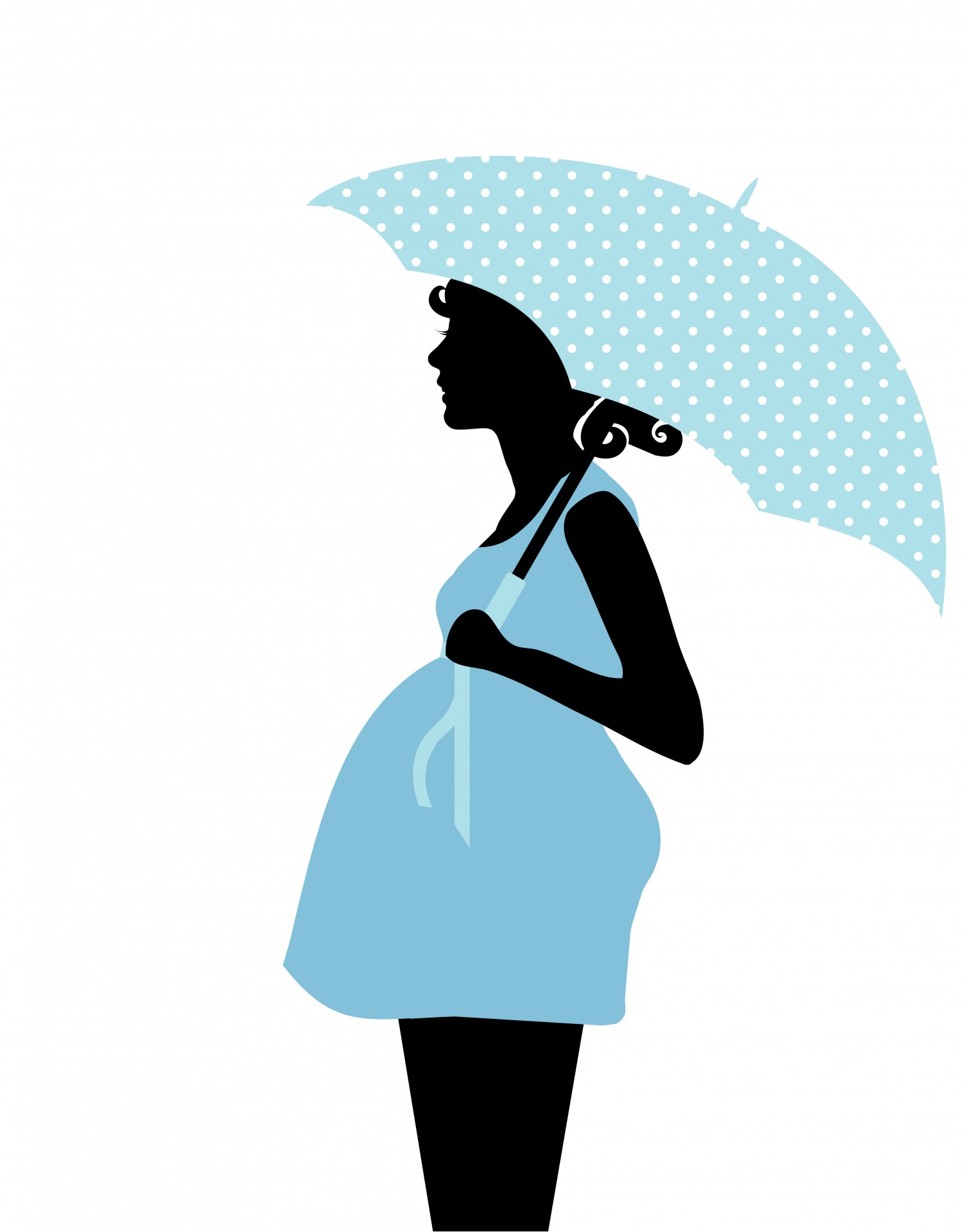Pregnancy is such an exciting time in a woman's life (usually)...but it does not come without its pains or discomforts! Additionally, some women have pre-existing conditions that they must endure in addition to being pregnant. Sadly, many chronic pain conditions are among the possibilities.
In terms of medications, there are guidelines that physicians follow with respect to pain management in pregnancy. Tylenol (acetaminophen) is generally regarded as a safe and effective treatment for most pregnant women, but it has been reported that babies born to women who used it had an increased risk of developing hyperactivity issues. The FDA has established a system for categorizing drugs as to risk in pregnancy. There are some medical reference books available to pharmacists and other health care workers to help pregnant and nursing mothers to assess risks of specific drugs to both developing and nursing babies.
For the most part, great caution is advised when using medication of any kind during pregnancy. Most disease or pain management situations are treated in the most conservative manner due to potential risk to fetal development. Physical therapy, occupational medicine, psychological intervention and chiropractic medicine are some of the first level treatments in pain management during this time in a women's life.
Sources: Everyday Pain Management Idea; Public domain picutres.net; perinatalweb.org
For the most part, great caution is advised when using medication of any kind during pregnancy. Most disease or pain management situations are treated in the most conservative manner due to potential risk to fetal development. Physical therapy, occupational medicine, psychological intervention and chiropractic medicine are some of the first level treatments in pain management during this time in a women's life.
Sources: Everyday Pain Management Idea; Public domain picutres.net; perinatalweb.org

Comments
Post a Comment